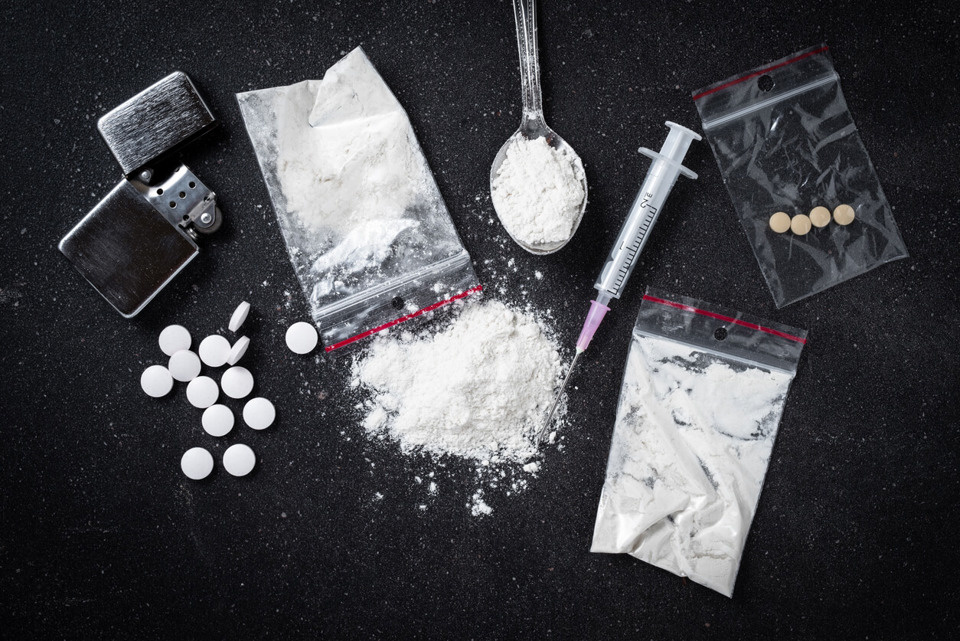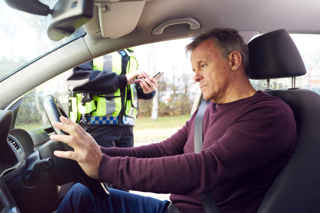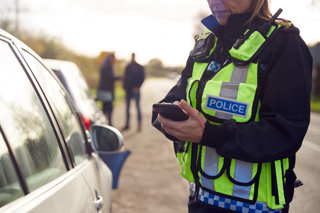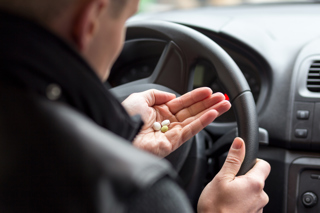Thousands of company car and van drivers could face an automatic ban after the Government announced a zero-tolerance approach to drug-driving.
Motorists suspected of driving under the influence of an illegal or prescribed drug will face up to three roadside, saliva-based drugs tests.
If a positive reading is returned, they will then be given a blood test to determine the level and type of drug present.
However, with the new testing regime due to take effect from next year, one in three fleets do not have a drug-driving policy in place, according to a Fleet News poll.
It found that while the vast majority of fleets (61.9%) have implemented a drug-driving policy, 33.3% have not, and are not considering implementing one.
The road safety charity Brake says that companies should have a clear zero tolerance approach to the presence of drugs or alcohol in a driver’s system.
“This should also take into account over-the-counter and prescribed medicines that may impair driving,” said Roz Cumming, professional engagement manager, Brake.
“Introduction of new policies or updates to existing policies should be made in consultation with staff in order to engage their support and understanding.
“Companies should also educate drivers on the dangers of drink and drug-driving, and ensure they regularly remind drivers of the risks.”
Drug tests should be mandatory
Brake also advocates that employers should test for the presence of drugs and alcohol in drivers’ systems, ensuring that permission for them to do so is written into employees’ contracts.
Cumming said: “If drivers perceive a real risk of getting caught, they are less likely to drive with alcohol or drugs in their system.”
A review of drink and drug driving law by Sir Peter North, published in June 2010, concluded that there was “a significant drug-driving problem” with an estimated 200 drug-driving-related deaths a year in Great Britain. It resulted in the Government announcing a new offence of drug-driving in January, 2012, which became law in April, 2013.
Now, it has published proposals on the drugs to be included in the legislation and the limits to be specified following a report published in March this year by a panel of medical and scientific experts.
Roads minister Stephen Hammond said: “These proposals will make our roads safer for everyone by making it easier for the police to tackle those who drive after taking illegal drugs and clarifying the position for those who take medication.”
Many of the county’s biggest fleets already employ robust drug-driving policies, with companies such as the AA and Addison Lee taking a zero tolerance approach.
Sarah Dopson, the AA fleet manager, said: “While we don’t routinely test for drugs we would report staff to the police for possession and would test if we were
suspicious.”
The AA has been at the forefront of campaigning for the Government to take more action on drug-drivers since it held a high-level roundtable on drug-driving five years ago.
Like the AA, Addison Lee’s policy does not include random drug testing of drivers and the minicab company has no plans to do so at present.
However, it refused to rule it out introducing random testing if warranted in the future.
ACFO chairman Damian James said: “I would always suggest that drugs should be covered in any driver policy to make people aware that driving under the influence of drugs, illegal or otherwise, should not be tolerated.”
However, on the question of random drug testing, James told Fleet News that it should be company dependent. “I know that there are some organisations that do random drug tests, but I don’t think it will fit everybody’s organisation,” he said.
Wide consultation for limits
In considering what approach to propose for each illegal drug and what limit to set, the Government has weighed up a number of factors, including evidence about the use of the drug when driving, wider drugs policy, and the findings and recommendations from the expert panel.
As a result, it proposes a zero tolerance approach to eight controlled drugs. They are cannabis, MDMA (ecstasy), cocaine, ketamine, benzoylecgonine, methamphetamine, LSD and heroin.
In addition to the eight illegal drugs, the Government proposes to set limits for eight controlled drugs that have widespread medical uses, such as diazepam and methadone, but which can also affect a patient’s ability to drive.
The limits proposed follow the recommendations of the expert panel, which in the vast majority of cases will avoid the new offence catching out drivers who have taken properly prescribed or supplied drugs.
The Government has still to decide on what a suitable limit for amphetamine might be, considering it has some medical use in specific circumstances, but is also often taken
illegally.
However, in taking a zero tolerance approach to drugs such as cannabis, the Government has effectively set a limit which is not based on impairment, unlike drink-driving legislation.
Cumming said: “Not only is it difficult to prove impairment, but setting a legal limit would send out the wrong message to drivers.”
It’s estimated that a zero tolerance approach will result in 9,000 drivers being prosecuted each year.



















Login to comment
Comments
No comments have been made yet.